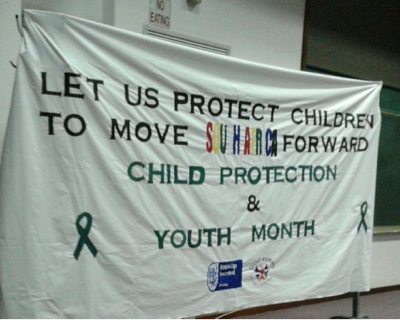The research on adolescent brain development can help schools change their culture
Neuroscience research is shedding light on how we can understand teenagers and their behaviour. The TED talk delivered by Prof. Sarah-Jayne Blakemore is a compact, informative talk. You may find that you need to watch the talk more than once to appreciate the content and its impact deeply. She is interested in the social brain, an area teachers in particular will find fascinating.
Insights I have gained
A few of the key takeaways are listed below and I look at the implications of this information for schools and social development in terms of educating, intervening or rehabilitating teenagers.
Sarah-Jayne Blakemore presents her findings on two areas of the brain: the pre-frontal cortex and the limbic regions. The pre-frontal cortex involves our high level cognitive functions such as decision-making, problem-solving processes, planning and our self- awareness. This is also the area where our social brain - our interaction and relationships with others has its roots. The limbic region is the storehouse of our emotional processes and our reward-seeking processes. The emotional spectrum includes the risk-taking, impulsive processes. The interaction of these two regions control or shape our behaviours.
The pre-frontal cortex
During adolescence, the volume of grey matter development in the pre-frontal cortex peaks. At the same time the synapses are pruned. Strong synaptic pathways grow stronger and communicate more effectively with other parts of the brain. The weaker neural pathways are those ones that are not used or stimulated sufficiently and consequently, they disappear. This is the remarkable plasticity of the brain.
The implication of synaptic fine-tuning is that adolescents may become more effective problem solvers and socially better adjusted or the reverse may happen. The environment - the family, community and school-in which the adolescent lives plays a significant role in shaping this process. During behaviour trials, neuroscientists have demonstrated that the adaptability of the adolescent brain holds great promise to guide them to develop appropriate behaviour towards themselves and others.
The limbic region
Deep inside the brain is the limbic region. Interestingly, the reward-seeking impulses of the adolescent brain is hypersensitive. This quality, coupled with their emotional capacity to engage in risky,impulsive, self-centred behaviour, provides us with a scientific reason for the rebellious nature of teenagers. This explains why teenagers are always looking for excitement and their craving for highs. The poor hormones have always taken the flak for the teenagers' unpredictability!
The application of this knowledge
The negative: downward spiraling
Ironically, teenagers in poor communities like the ones I work in, have a double jeopardy in a sense. The negative environment stumps our children's cognitive development and exploits them because of their emotional vulnerability.
Then, on the other hand, the adolescents' brains respond to stimuli such as drug experimentation and sexual experiences because their brains are wired to seek new experiences that give them a kick. This explains why the negative elements have a field day with our vulnerable youth.
Window of opportunity to release the human agency of teenagers and ourselves
The flipside is also true and far more hopeful. We can use this knowledge about the brain's plasticity to build our children's cognitive function capacities and guide them to become socially well adjusted. We must harness the teenagers' creativity, their impulsive natures and their problem-solving capacities.
We should provide multiple learning opportunities for them to direct their growth. Purposeful,consistent and relentless guidance and coaching should be our collective mantra. This is the secret sauce: teenagers are physiologically and emotionally receptive. We need to recognize this window of opportunity and start directing adolescents to places of hope and prosperity.
The challenge
Let us who work with adolescents, use this neuroscience research to reculture our own thinking and behaviours that may be teenagers' biggest barriers to becoming great.
Let us give them wings to fly. If we don't take this bold step, there are swarms of dysfunctional adults and community cultures that will grab this golden opportunity for self-serving reasons.
So, what are you going to do?


Comments
Post a Comment